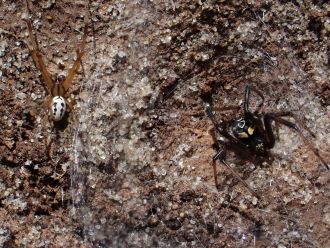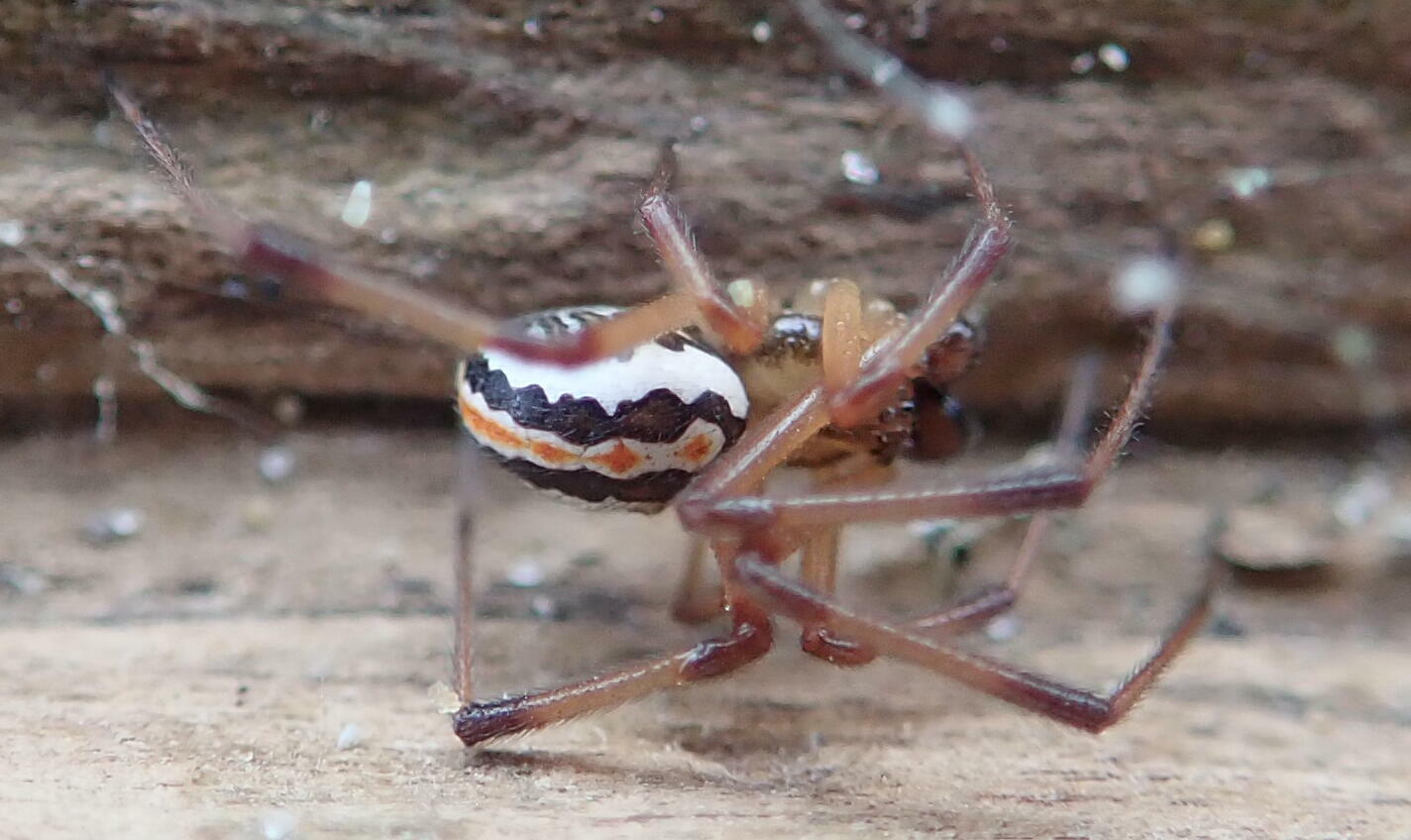Multimedia




Photo 1

Male and female Katipō Photo By James Joseph Roberts in Mangawhai Shore Birds Trust
- File size: 2.9 MB
- Attribution: PHOTO: James Joseph Roberts
- Permission category: © - Only use with this story
- Last modified: 10 Oct 2025 2:28pm
- NOTE: High resolution files can only be downloaded here by registered journalists who are logged in.
Photo 2

Male Katipō Photo By Hong Yao Lim at Auckland Zoo
- File size: 5.5 MB
- Attribution: PHOTO: Hong Yao Lim
- Permission category: © - Only use with this story
- Last modified: 10 Oct 2025 2:28pm
- NOTE: High resolution files can only be downloaded here by registered journalists who are logged in.
Photo 3

Male Katipō Photo By Hong Yao Lim at Auckland Zoo
- File size: 6.2 MB
- Attribution: PHOTO: Hong Yao Lim
- Permission category: © - Only use with this story
- Last modified: 10 Oct 2025 2:28pm
- NOTE: High resolution files can only be downloaded here by registered journalists who are logged in.
Photo 4

Male False Katipō on Paintbrush Photo By James Joseph Roberts
- File size: 2.3 MB
- Attribution: PHOTO: James Joseph Roberts
- Permission category: © - Only use with this story
- Last modified: 10 Oct 2025 2:28pm
- NOTE: High resolution files can only be downloaded here by registered journalists who are logged in.
Katipō Track Assay
- Attribution: James Joseph Roberts
- Permission category: © - Only use with this story
- Last modified: 10 Oct 2025 2:13pm
- NOTE: High resolution files can only be downloaded here by registered journalists who are logged in.
False Katipō Track Assay
- Attribution: James Joseph Roberts
- Permission category: © - Only use with this story
- Last modified: 10 Oct 2025 2:14pm
- NOTE: High resolution files can only be downloaded here by registered journalists who are logged in.
Katipō pole assay
- Attribution: James Joseph Roberts
- Permission category: © - Only use with this story
- Last modified: 10 Oct 2025 2:15pm
- NOTE: High resolution files can only be downloaded here by registered journalists who are logged in.
False Katipō Pole Assay
- Attribution: James Joseph Roberts.
- Permission category: No right reserved (waive all rights)
- Last modified: 10 Oct 2025 2:16pm
- NOTE: High resolution files can only be downloaded here by registered journalists who are logged in.
Katipō Maze Assay
- Attribution: James Joseph Roberts
- Permission category: © - Only use with this story
- Last modified: 10 Oct 2025 2:25pm
- NOTE: High resolution files can only be downloaded here by registered journalists who are logged in.
False Katipō Maze Assay
- Attribution: James Joseph Roberts.
- Permission category: © - Only use with this story
- Last modified: 10 Oct 2025 2:27pm
- NOTE: High resolution files can only be downloaded here by registered journalists who are logged in.
Attachments
Note: Not all attachments are visible to the general public. Research URLs will go live after the embargo ends.

Journal/
conference: Ecology and Evolution
conference: Ecology and Evolution
Research:Paper
Organisation/s:
University of Auckland, Massey University, Ecology New Zealand Limited
Funder:
This work was supported by Massey University School of Natural Sciences Research Scholarship and the 2022 Master's Research Scholarship



 New Zealand
New Zealand


